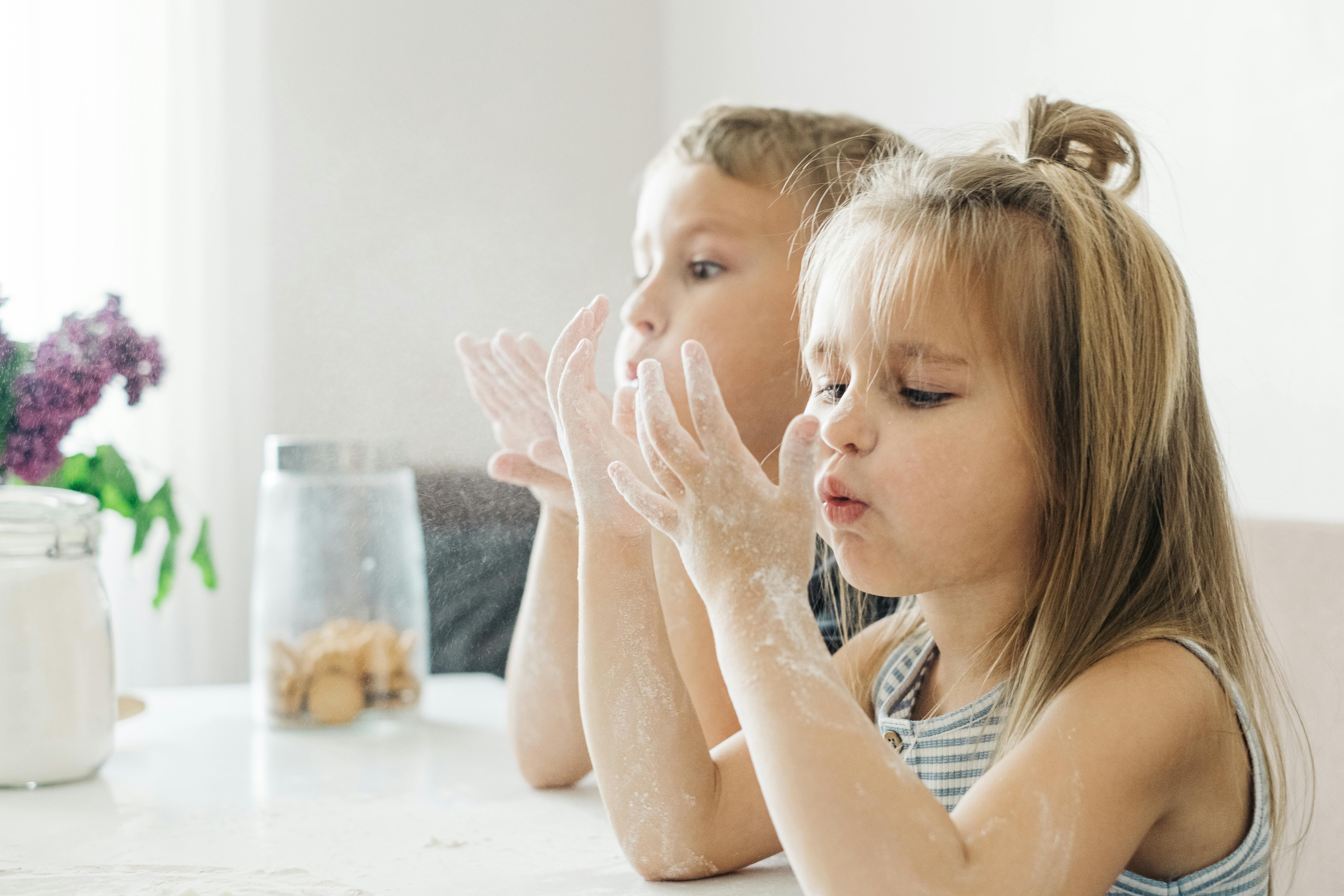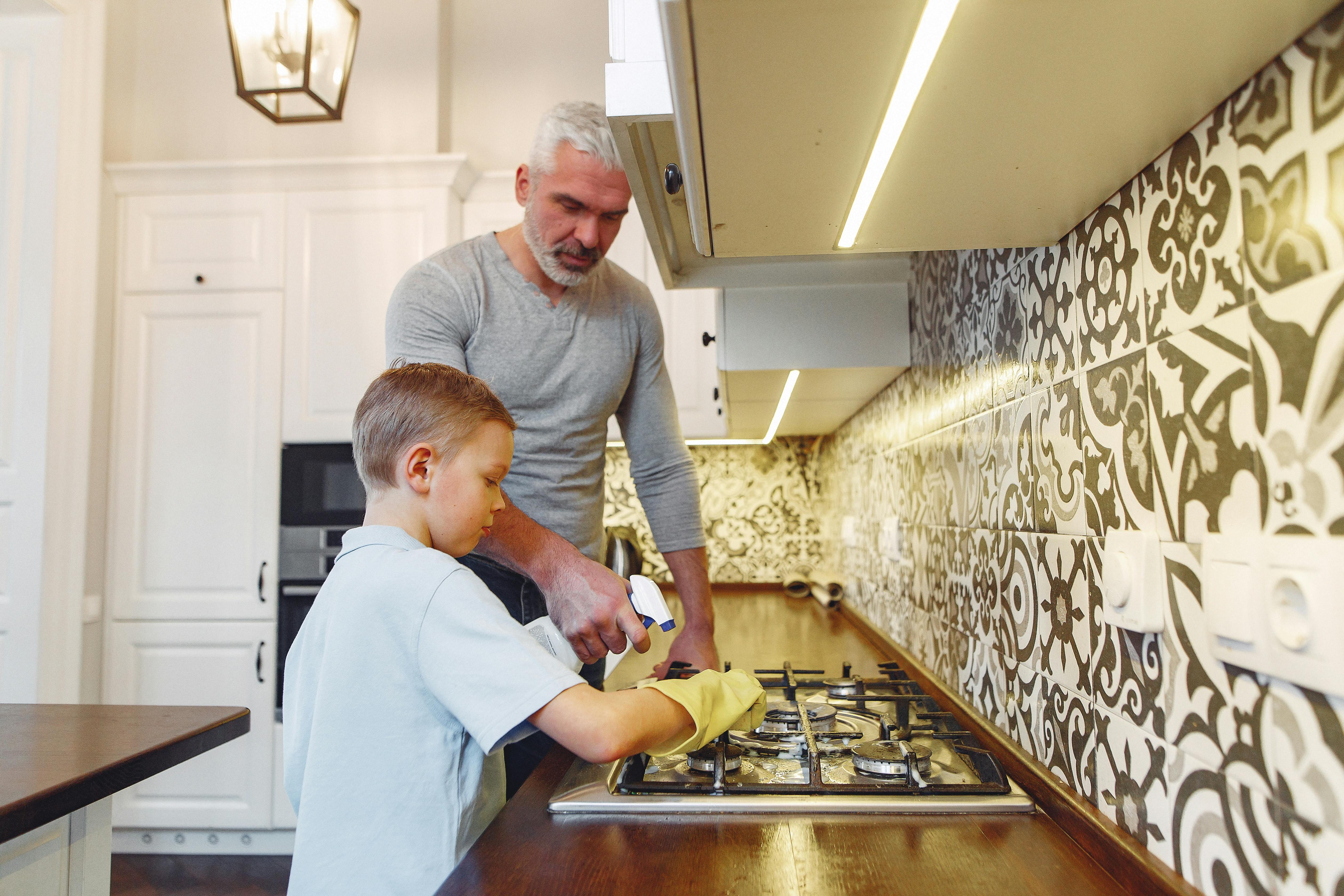There are so many different types of hard floor coverings these days that it’s hard to keep learning how to care for each of the different types. And if you’re a cleaning contractor, you don’t want to make an expensive mistake by using something on a floor that could be harmful to or damage the floor.
Listed below are some of the common floor coverings and basic floor care tips:
1. Resilient flooring, especially VCT (Vinyl Composition Tile) flooring, is used commercially in high-traffic floors such as retail or grocery stores. VCT tiles are durable and stand up to heavy traffic. However, there is a lot of maintenance involved to keep these floors looking good. They must have a sealer or finish applied, which gives the floor a high gloss look. The floor should also be swept and mopped with a neutral pH cleaner on a regular maintenance schedule to keep the floor looking bright and clean. Floors may also need interim maintenance with low or high speed floor machines and occasional stripping and refinishing of the floor finish.
2. Stone products include marble, granite, and limestone. There has been a dramatic increase in the use of stone flooring in the last 10 years, despite the fact that it is one of the most expensive floors available. You need to be very careful when caring for stone floors, as you could easily permanently damage the surface if you use the wrong chemicals. The use of entrance mats and daily sweeping and mopping are key to keeping stone floors looking good. Mop the floor with a neutral pH floor cleaner or stone soap, and never flood the stone floor with a mop. Never use alkaline or acidic cleaners for daily maintenance, as this can damage the floor over time.
3. Masonry products include ceramic tile, clay tile, and concrete. Ceramic and clay tiles come in a variety of styles and textures, so this can determine the type of maintenance needed. Ceramic tiles will be glazed or unglazed. Glazed tiles are shiny and have a non-porous surface layer and are more resistant to stains and moisture, while unglazed ceramic tiles are more slip-resistant. Concrete floors are now more fashionable with the use of color and texture additives. Concrete floors can be sealed and finished like a VCT tile floor and will require similar daily maintenance with a pH neutral floor cleaner. Daily maintenance for ceramic tile floors includes sweeping and mopping with a neutral pH cleaner. Do not use acidic or alkaline cleaners for daily maintenance, as they can damage tile and grout over time. Grout may need periodic cleaning with the use of a low-speed floor machine and a nylon grit brush, which can get into grout lines where dirt collects.
4. Wood floors are widely used in residential housing. To keep your floor looking good, it’s very important to protect it from abuse, stains, dirt, and moisture. Basic maintenance for hardwood floors is similar to other floors, however, wood is very sensitive to water and scratches much more easily than other types of flooring. Great care must be taken, so avoid dragging anything on a wooden floor and never use excess water when cleaning. It is best to use a well-wrung mop or a microfiber flat mop, which uses less water than conventional mops. Use a commercial wood cleaner, but avoid using oil-based soaps or furniture polishes on wood floors, as they can make the floor slippery and leave a residue.
5. Laminate flooring is also widely used in residential housing. Laminate floors are made from a combination of wood and cellulose products (mainly wood). Melamine (clear resin) is applied to the surface to form a strong outer layer. Manufacturers say that little to no maintenance is needed on laminate flooring. They recommend regular sweeping and damp mopping with a laminate floor cleaner. As with hardwood floors, laminate floors are sensitive to moisture, so never use excess water when cleaning them.
Copyright (c) 2007 The Cleaning Shop



